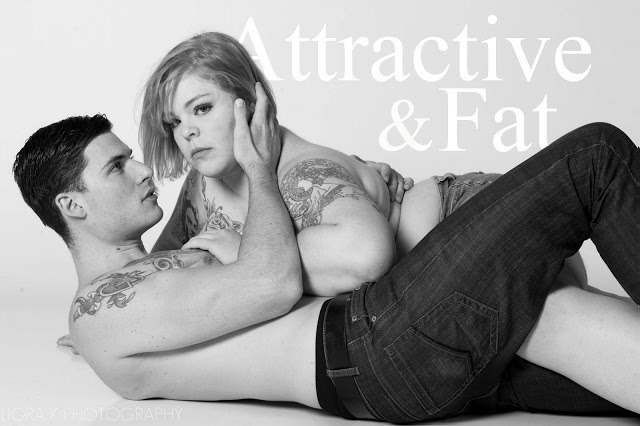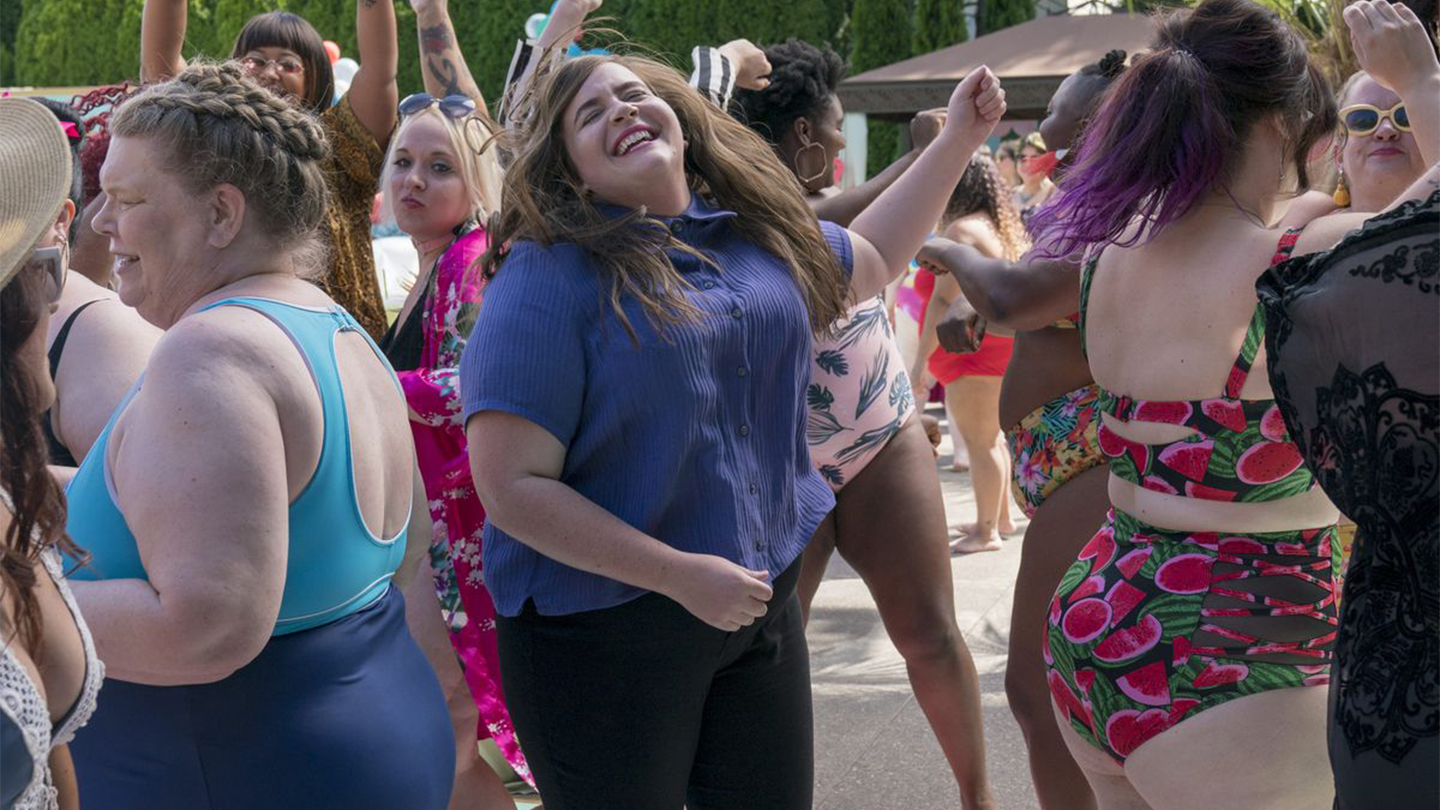From fidget spinners to fuck boys, the past ten years have seen a multitude of trends come and go, some more culturally influential than others. 2014’s ice bucket challenge, for instance, went viral while bringing awareness to ALS, while the similarly viral hashtag #KylieJennerLipChallenge was a passing fad we’re already cringing to look back on. And while and increasingly online world has meant cultural discourse is more fleeting and changeable than ever before, there’s perhaps one notion more than all others which has defined our collective narrative on beauty standards: the body positive movement.
Ten years ago, “body positive” was a phrase that was mostly understood as part of the underground fat liberation lexicon. But now? It’s a hashtag with almost four million posts on Instagram. Quite the glow up.
For the first month of 2010, there are only seven pages of results when searching “body positivity” on Google. For the last month since writing this, there are thirty six pages, diverting users to hundreds of pages that have racked up hundreds of thousands of hits. The move from underground to mainstream hasn’t happened overnight. In fact, body positivity’s cultural makeover began all the way back in 2011. Plus size writer Marie Southard-Ospina recalls discovering the rumblings of the movement eight years ago, when it first began appearing on newly popular plus sized fashion blogs — the blog itself a product of the tail end of the noughties — from emerging stars Nicolette Mason and Gabi Gregg.
“It was either through Nicolette or Gabi’s blogs that I then found fat-positive writers like Lesley Kinzel, who also happened to be the first editor at a major women’s site actively producing fat-positive content, and also Marilyn Wann, Sonya Renee Taylor, and Lindy West,” Southard-Ospina says. Lindy West in particular has since become an award-winning breakout star herself, with a Hulu, Aidy Bryant-led TV show based on her bestselling book Shrill. “I think LiveJournal was probably the first active space for the fat liberation movement, and at the time, ‘body positivity’ was still intrinsically linked with that movement. The terms felt almost interchangeable.”
As the decade moved on, early blogging platforms like LiveJournal were rendered obsolete by the boom of social media and microblogging sites like Tumblr. And in the same time period, the once obscure fat led movement gave way to a looser definition of body positivity. Plus size blogger Stephanie Yeboah recalls how the initial Tumblr hashtag opened her mind to fat liberation. In the now long gone days of progressive Tumblr trends, body positivity was exclusively being promoted by fat women – in particular queer and black fat women.
“Back then, the term ‘body positivity’ was interchangeable with the fat acceptance tag, as many larger fat plus size people were using both hashtags at the same time.” Yeboah says, “Back then, it felt like a safe space for larger fat black women and women of colour to celebrate our bodies, and speak about our traumas surrounding fatphobia and society policing our bodies. The movement in 2011 and 2012 was incredibly diverse, featuring an array of different shaped bodies, sexualities, identities, abilities and races. It felt safe.”
By 2013, the movement and the term ‘body positivity’ started moving from social media feeds and blogs to both lesser known women’s sites, like GirlTalkHQ, who gave a platform to bonafide star Tess Holliday back when she was still an emerging plus sized model, and feminist media outlets like Everyday Feminism, who extolled the virtues of “body positive exercise”. The concept was also beginning to be picked up by brands that were safe using feminist terms in a time that arguably, even the concept of feminism itself was unfashionable. Dove’s Self-Esteem Project, for instance, which has been running since 2004, was now beginning to use phrases like ‘body confident’ in earnest.

But it was bloggers, not brands, within the body positive movement who pushed the concept into the mainstream back in 2013. It was the year Jes Baker of The Militant Baker went viral after a takedown of Abercrombie and Fitch for refusing to sell plus sized clothing on the basis it didn’t appeal to “the cool kids”. Posing in her own shoot in whatever Abercrombie and Fitch she could fit in, alongside an empowering letter to the brand’s CEO Mike Jeffries, Baker showed the world that ‘Attractive and Fat’ are not mutually exclusive concepts. It was a viral stunt before viral stunts were commonplace, but it also had a very real effect. Following the fallout, the brand promised to produce a larger size range in the spring of 2014.
But if 2013 was the year that body positivity tentatively approached the mainstream, 2014 was the year that it became the mainstream, as more and more fat people went viral for their activism in providing liberation from fatphobia and strict body standards. Videos like Whitney Thore’s Fat Dancer: Campaign for Body Positivity normalised fat bodies in spaces we may have not seen them represented previously (such as dance) and currently stands at almost two billion views. Just a few months later, Lena Dunham took over Stylist magazine and directed a shoot of plus size models Nadia Aboulhosn and Margie Plus.
Already, however, there were worries within the activist circles that birthed the movement that body positivity was being sanitised for the public. As Lindsay King-Miller wrote for Bitch at the end of 2014, “Today’s body positivity focuses too much on affirming beauty and not enough on deconstructing its necessity.” Her statement was bolstered by the fact that 2014 saw Meghan Trainor’s All About That Bass hit number one in the charts. While it was being hailed as a body positive anthem while Trainor simultaneously announced, bizarrely, she was not a feminist.
That doublethink seemed to mark a turning point within the body positive movement. From this period onwards, both Stephanie Yeboah and Marie Southard-Ospina think that the fat women who pioneered body positivity were pushed out of the discourse. The pair separately told i-D that they neither ascribe to the movement or feel it supports them — and those like them — anymore. “Body positivity no longer exists or serves to uphold the rights and missions of the very people it was supposed to protect: larger fat people/people with bodies that aren’t privileged,” says Marie. “Body positivity as it stands now, is a community made up of allies (and some opportunists, let’s be honest) who have centered themselves and their ‘socially acceptable’ bodies within a political movement and one-time safe space meant for visibly fat people.”
“Brands have taken a short break from selling ‘Instagrammable/Kylie Jenner-esque’ beauty, to selling ‘ethical’ beauty under the guise of body positivity and body inclusivity,” adds Stephanie.
Those words may sound extreme, but they’re equally prescient. While body positivity has never been more palatable, there have been multiple moments since hitting the mainstream that brands and hashtags have taken body positivity out of context, and used the term to further oppress the fat people who originated it. Take, for instance, the 2018 Times Square billboard produced by Flat Tummy Co which used feminist imagery and language to promote their appetite suppressants. Feminism has been co-opted by brands to sell products which are, in essence, anti-feminist. The same mentality has, increasingly, come to apply to the “body positive” movement too. While it’s encouraging to see the term become part of our collective cultural lexicon, a look back at its history seems to indicate its in dangerous territory as it becomes mainstream, at risk of becoming merely a buzzword.
But in spite of all the faults and failings that have come part and parcel of the body positivity movement in the past decade, it’s undeniable that acceptance of the movement — even in a watered down form — is a societal win. We now live in a world where fat women are more visible than ever before. From having a plus size woman on the covers of Cosmopolitan and Sports Illustrated to SNL’s Aidy Bryant having her own show tackling fatphobia, the world is moving more towards accepting and celebrating fat bodies than ever — and that can only ever ultimately be a win for fat liberation. Now here’s to the next decade of pushing forward.

